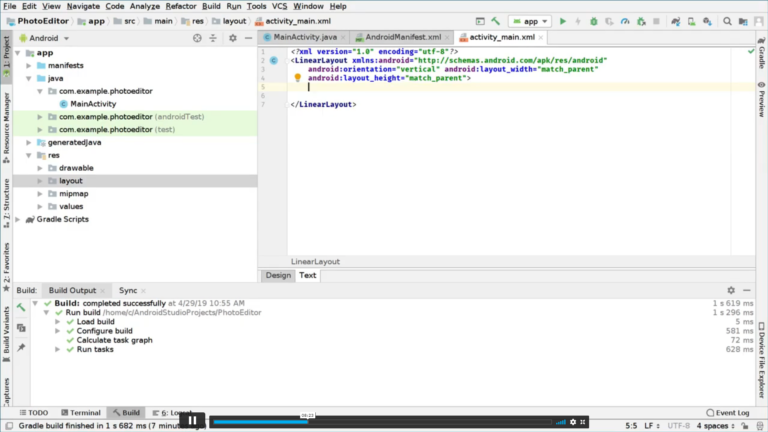

Then the created pendingIntent will be passed to a target application (like AlarmManager, NotificationManager etc) using target application services. But Regular intent does not require pendingIntent.Ī pendingIntent uses the following method to handle different types of intent like PendingIntent.getActivity() - This will start an Activity like calling context.startActivity() PendingIntent.getBroadcast() - This will perform a Broadcast like calling ndBroadcast() PendingIntent.getService() - This will start a Services like calling context.startService() PendingIntent.getForegroundService() - This will start a foregroundService like calling context.startForegroundService() PendingIntent and its workflowįirst of all you need to create an intent with required information for creating pendingIntent. PendingIntent must need a regular intent to be created. Normally a pendingIntent is used with AlarmManager or NotificationManager. There are many action that can be done with pendingIntent like sending email, attaching a photo to an email even start a activity, services or send Broadcast like a regular intent.Ī pendingIntent wraps a regular intent that can be passed to a foreign application (like AlarmManger or NotificationManager etc.) where you are granting that application the right to perform the action.

The main differences between a pendingIntent and regular intent is pendingIntent will perform at a later time where Normal/Regular intent starts immediately. The moral of the story is this, PendingIntent is an intent that will perform at a later time or in other words PendingIntent specifies an action to take in future. Then you now have an pendingIntent to shower.

However this will happen until 30–40 minutes have passed. You still have in your head that you will need to prepare my clothes, then walk up to the stairs back to the bathroom and then shower. So you know you wont be showering until at least 30–40 minutes. But you want to shower after you brush my teeth and eat breakfast. Import 7.app.PendingIntent in Android Application Development Step 3: For sending parameter, one activity to another activity we use And for the redirect to another activity, we use Intent class. Step 2: Now we will create MainActivity.java file for fetching input numbers. using linear layout for add control in vertical format Let see, what code will be needed for creating your layout file.

In my code, I’m createĪctivity_main.xml for input two numbers. Step 1: Open your android studio project and create activity file for input two number and also add one button for redirect input number into another activity. If you want to perform the add-subtract operation in two different activity, then, first of all, you need to follow these steps. 'Perform Add-Subtract Operation on another Activity in Android Studio'


 0 kommentar(er)
0 kommentar(er)
